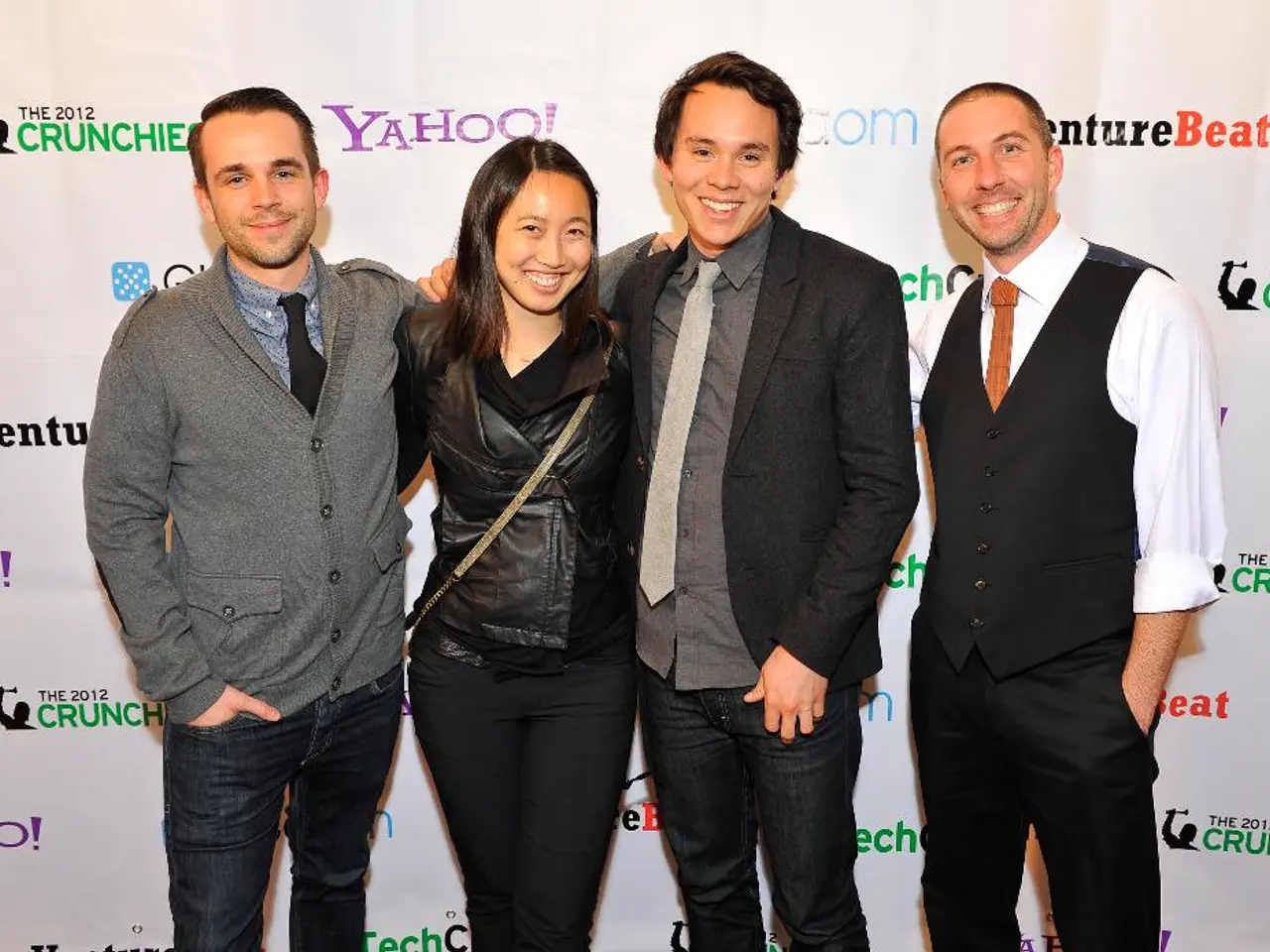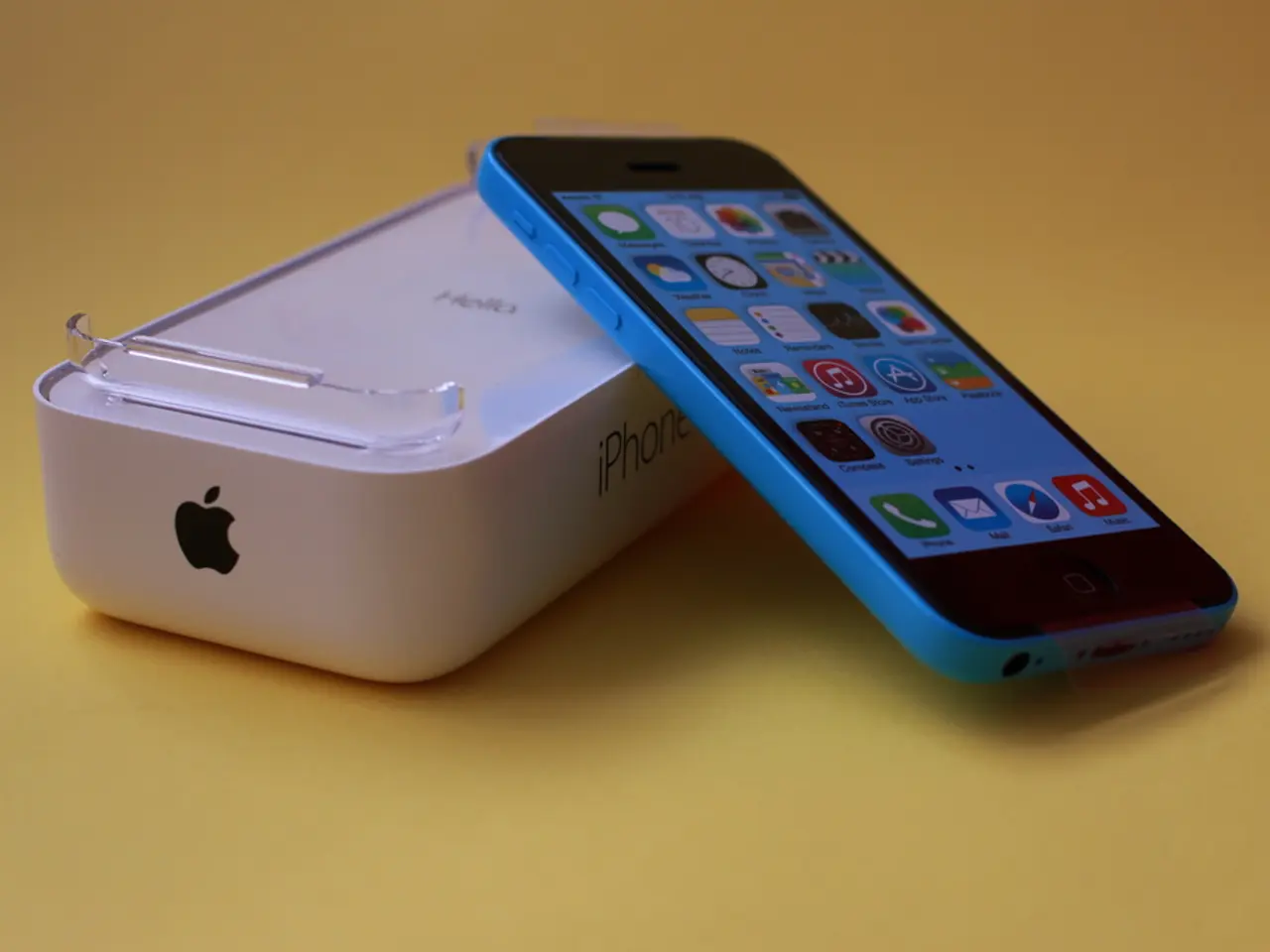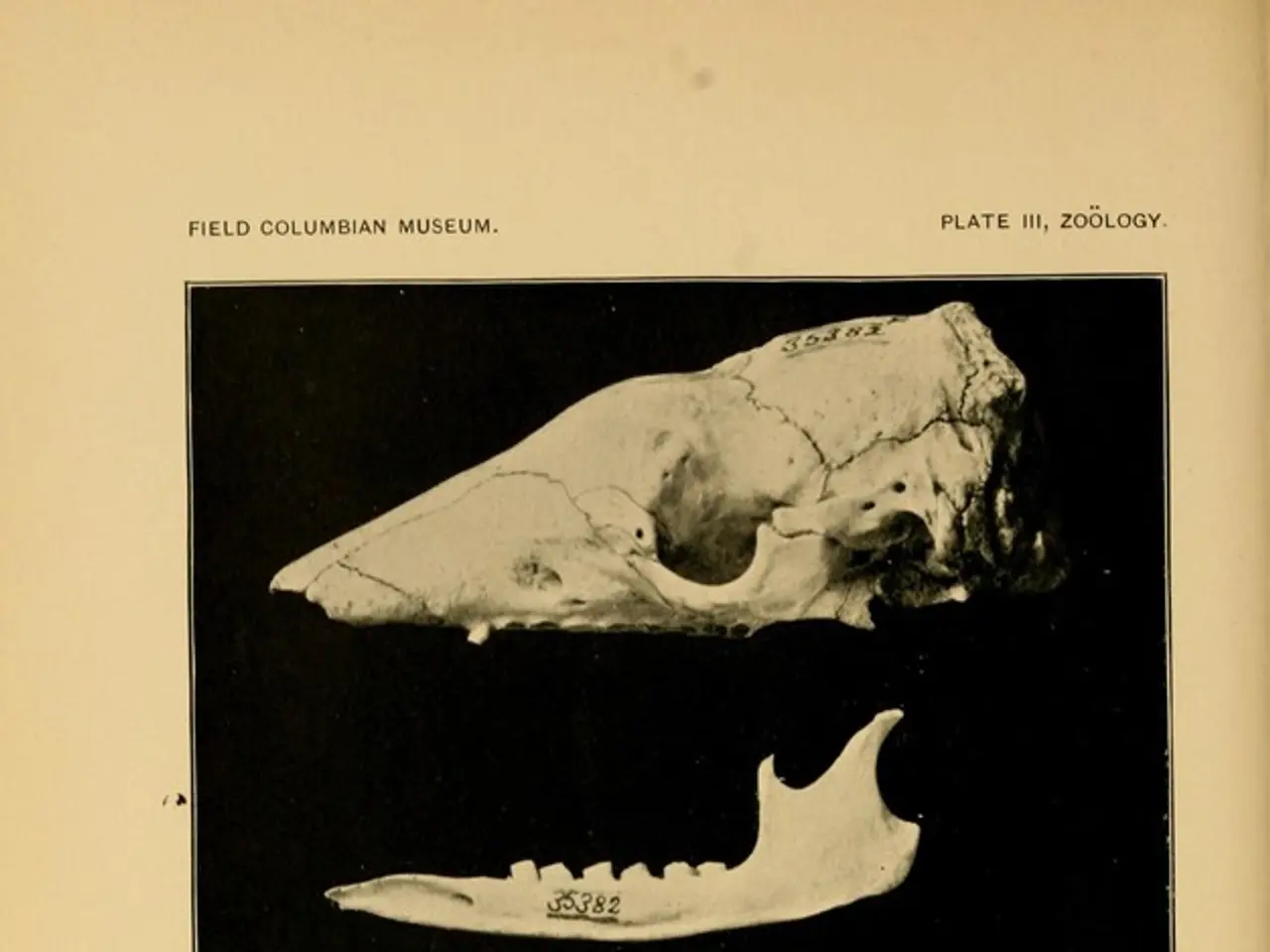Live Aid's Legacy: Its Impact on Philanthropy and Global Developments After Four Decades
Forty years ago, the world witnessed a remarkable moment in global humanitarianism with the staging of Live Aid, a "super concert" featuring 16 hours of rock music in two venues: Wembley Stadium in London and John F. Kennedy Stadium in Philadelphia, Pennsylvania[1]. This event was a culmination of the efforts initiated by Band Aid, a charity single released in December 1984, which raised more than $28 million for Ethiopian famine relief[3].
Band Aid was the brainchild of Bob Geldof, inspired by a BBC report in October 1984 that highlighted the plight of starving children in Ethiopia[2][3]. Geldof, with the help of Midge Ure, quickly assembled a group of prominent UK pop stars to record the charity single "Do They Know It's Christmas?" Released on December 3, 1984, the single topped UK charts and set the stage for larger-scale efforts[3].
Building on Band Aid’s momentum, Geldof organized Live Aid, a dual-venue concert held on July 13, 1985. The event brought together dozens of the world’s most iconic musicians for a live broadcast viewed by an estimated 1.9 to 2 billion people across 150 countries—nearly 40% of the global population at the time[1][5]. Live Aid raised between $100 million and $140 million for famine relief in Africa, with most funds initially intended for Ethiopia[2][5].
Both Band Aid and Live Aid were unprecedented in mobilizing the music industry and global public. The events turned famine relief into a household concern and demonstrated how media and celebrity could drive massive fundraising[1][3][5]. According to aid relief workers, the publicity generated by Live Aid placed humanitarian concern at the center of Western foreign policy discussions, changing how governments and the public perceived and responded to crises in the developing world[1].
Live Aid represented a landmark in global solidarity, uniting people across continents in a shared effort against hunger and poverty. Geldof noted that Live Aid “created something permanent and self-sustaining,” with its influence enduring in subsequent charity events and humanitarian efforts[1][5]. However, despite its achievements, Live Aid faced significant challenges in ensuring that aid reached those in need due to political instability and corruption in Ethiopia. Allegations emerged that some of the relief funds were diverted by rebels or used for weapons, highlighting the difficulties of humanitarian intervention in complex political environments[2].
In the years following Live Aid, the success of the event contributed to an awareness of global poverty and hunger, forcing world leaders to address the issues in a public way. The success of Band Aid inspired similar movements in the United States, such as USA For Africa, which released the single "We Are The World" featuring luminaries like Ray Charles, Stevie Wonder, Tina Turner, Billy Joel, Willie Nelson, Bruce Springsteen, and Cyndi Lauper[4].
Moreover, the success of Live Aid led to the creation of similar benefit concerts like Farm Aid, Live 8, and America: A Tribute to Heroes[4]. Under the One Big Beautiful Bill Act (OBBBA), taxpayers who do not itemize their deductions may still claim a deduction for certain charitable contributions, beginning in 2026[6]. To receive a tax deduction for a charitable donation, the contribution must be made to a qualified organization, such as religious organizations, domestic nonprofit schools and hospitals, and what we typically think of as charitable organizations like the American Red Cross and the United Way[7].
In conclusion, Band Aid and Live Aid fundamentally changed the landscape of global charity, proving that music and mass media could galvanize action against poverty and hunger on an unprecedented scale. They not only raised substantial funds but also shifted public and political discourse, making humanitarian issues central to global consciousness and inspiring future generations of activists and artists[1][2][5]. For more tips on maximizing the tax benefits of charitable giving, click here.
- Bob Geldof, spurred by a BBC report on the famine in Africa, founded Band Aid, an initiative that resulted in the charity single "Do They Know It's Christmas?"
- Released in December 1984, the Band Aid single raised over $28 million for Ethiopian famine relief and inspired larger-scale efforts.
- Geldof organized Live Aid, a dual-venue concert in July 1985, featuring iconic musicians and viewed by approximately 1.9 to 2 billion people worldwide.
- Live Aid raised between $100 million and $140 million for famine relief in Africa, with most funds initially intended for Ethiopia.
- Band Aid and Live Aid were groundbreaking in mobilizing the music industry and global public, turning famine relief into a household concern.
- The publicity generated by Live Aid placed humanitarian concerns at the center of Western foreign policy discussions.
- Live Aid represented a landmark in global solidarity, uniting people across continents against hunger and poverty.
- Geldof's efforts created something permanent and self-sustaining, influencing subsequent charity events and humanitarian efforts.
- Despite facing challenges in delivering aid due to political instability and corruption in Ethiopia, Live Aid significantly raised awareness of global poverty and hunger.
- USA for Africa, inspired by Band Aid's success, released the single "We Are The World" in the United States.
- Subsequent benefit concerts like Farm Aid, Live 8, and America: A Tribute to Heroes were influenced by Live Aid's success.
- Under the One Big Beautiful Bill Act (OBBBA), taxpayers who do not itemize their deductions may claim a deduction for certain charitable contributions starting in 2026.
- To receive a tax deduction for a charitable donation, the contribution must be made to a qualified organization such as religious organizations, domestic nonprofit schools and hospitals, and standard charitable organizations.
- The American Red Cross and the United Way are examples of qualified organizations for charitable donations.
- The success of Band Aid and Live Aid demonstrated the potential of charitable giving and benefit concerts in addressing global issues like poverty and hunger.
- The influence of Band Aid and Live Aid can be seen in modern charitable giving trends, demonstrating the power of music and media to catalyze action against poverty and hunger.
- Living in a lifestyle that focuses on charitable giving and invests in wealth management can align personal and business financial goals with social responsibility.
- Wanting to make a charitable contribution can lead to researching data and cloud computing companies committed to philanthropy.
- When discussing family dynamics, educating children about charitable giving and the importance of helping others can foster a sense of responsibility and empathy.
- Investing in businesses that prioritize socially responsible practices can contribute to positive changes in various industries like finance, food-and-drink, and technology.
- Constantly improving personal-finance management can enable individuals to give more effectively and make an impact in areas like education-and-self-development and personal-growth.
- In the realm of technology, using social media for crowdfunding, awareness campaigns, and volunteer connections can help drive charitable giving and foster a sense of community.
- Individuals passionate about charitable giving and personal growth can find resources on career-development and learning platforms focused on social-impact roles.
- Engaging in entertainment, sports, or pop-culture can lead to discovering celebrities and movements that promote charitable giving and humanitarian causes.




